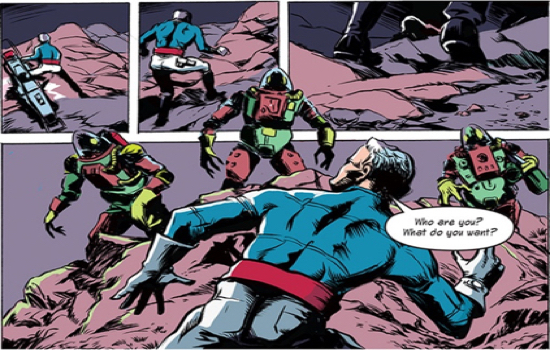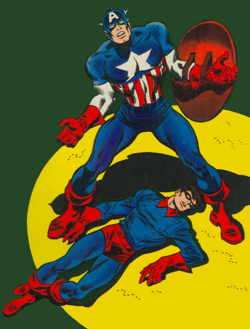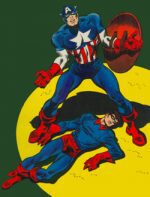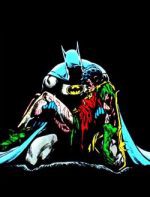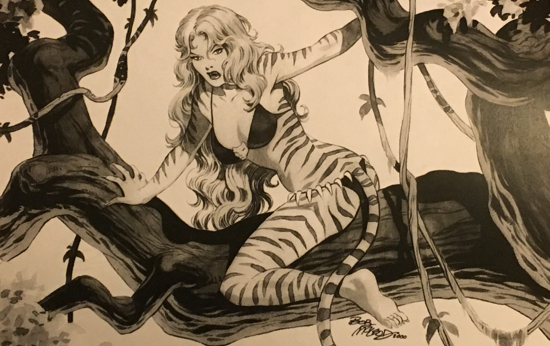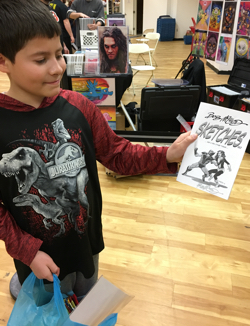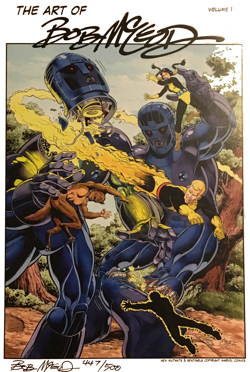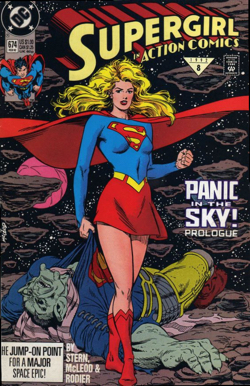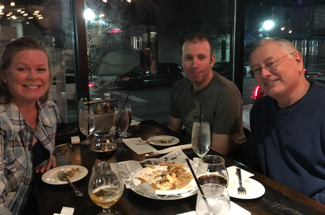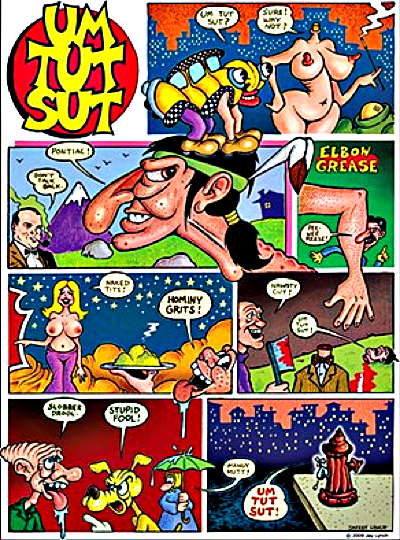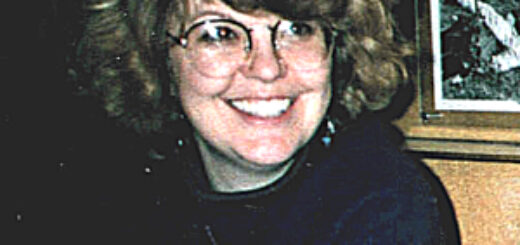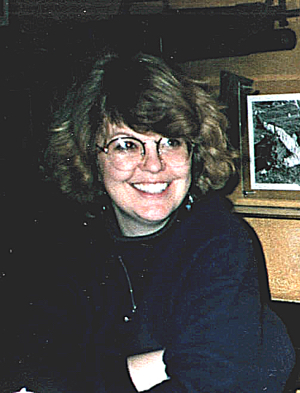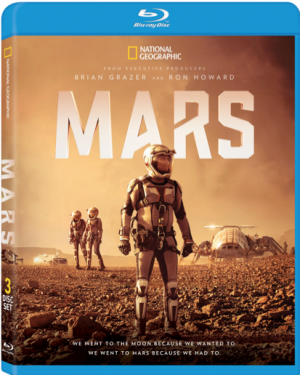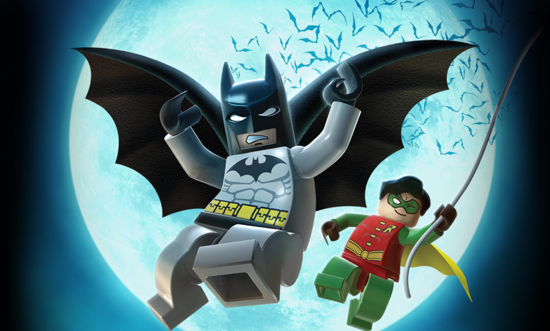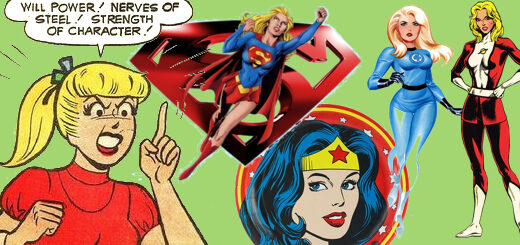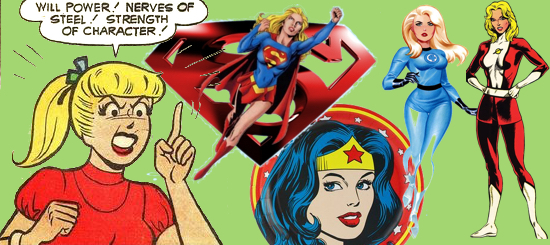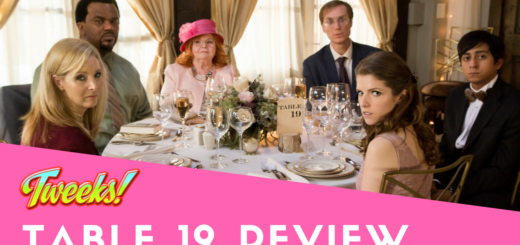Joe Corallo: Not Forgotten – The Matthew Harding Interview
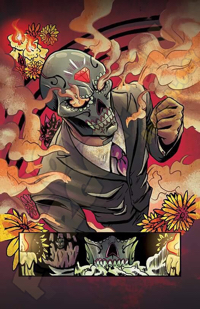 Last week I talked with Vito Delsante about his new Kickstarter campaign, and this week I got the chance to talk with Matthew Harding, a comics creator who has a Kickstarter campaign with Einar Masson ending this week for an anthology titled Not Forgotten featuring public domain superheroes from the Golden Age of comics.
Last week I talked with Vito Delsante about his new Kickstarter campaign, and this week I got the chance to talk with Matthew Harding, a comics creator who has a Kickstarter campaign with Einar Masson ending this week for an anthology titled Not Forgotten featuring public domain superheroes from the Golden Age of comics.
JC: For people who may be unfamiliar with your and Einar Masson’s work, can you tell me about your comics experience and what made you decide to work on an anthology with Einar Masson?
MH: Einar and I both went to college together where I had run the comics club for about five years. Since then I’ve been working freelance doing odd jobs from production work at Black Mask Studios to animation at Madefire motion comics. I’ve self-published Popapocalypse through Kickstarter campaigns, colored a couple of Bloodworth issues, and written comics for creator owned projects that are going to be announced soon, as well as for clients like Apple. My latest project was illustrating one of the seven motion comic stories for Stan Lee’s Lucky Man, which was really cool because Stan Lee himself did the voice acting work for the character that I designed and drew, which was pretty much the top of my bucket list! I imagine my career is all downhill from here, after that.
JC: I imagine you both have an interest in the Golden Age of comics. What about that age stands out to you? Why do you feel it’s a time in comics we should be revisiting now?
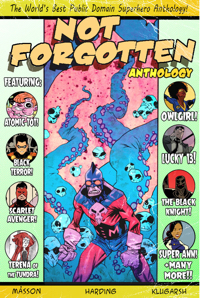 MH: My love affair with the golden age didn’t actually begin until I started to dig through the archives and realized what it was that we were actually doing with this project, and the relevance it held with today’s industry. The golden age was literally the birth of superheroes and a construction of a brand-new medium that could tell their stories. Comics today are built upon almost a century of foundation, and even though we live in a time where creators are breaking rules and defying expectations, those aspects of the comics industry are still there to break.
MH: My love affair with the golden age didn’t actually begin until I started to dig through the archives and realized what it was that we were actually doing with this project, and the relevance it held with today’s industry. The golden age was literally the birth of superheroes and a construction of a brand-new medium that could tell their stories. Comics today are built upon almost a century of foundation, and even though we live in a time where creators are breaking rules and defying expectations, those aspects of the comics industry are still there to break.
In the 1930s there were no preconceptions or expectations. There were no rules or guidelines. All the stories were brand new, and creators were coming up with anything that creativity could discover, leading to stories that had a very sincere and exploratory nature to them. My love for the golden age really developed when I discovered just how important the time was for our industry, and why it needed to be remembered during our time now when things are so quickly evolving and changing in the way we tell stories.
JC: Who are some of your favorite heroes from that era?
MH: My personal favorite is the hero known as “13,” who we have two excellent stories featuring him in our anthology. 13 was a guy who was incredibly unlucky whenever the number 13 showed up. For instance, on the 13th day in a month, his fiancé died, and a month later he was fired. The month after that, his house caught on fire. You see my point. So, rather than just succumb to this horrible fate, he used it to his advantage by making a superhero suit with the number 13 plastered on the front of it and went out to fight crime. The idea was that he would get so unlucky that criminals that just so happened to be in his general vicinity would be affected by this bad luck, and while they were distracted he would punch them in the face. I mean, isn’t that the coolest superhero you ever heard of?
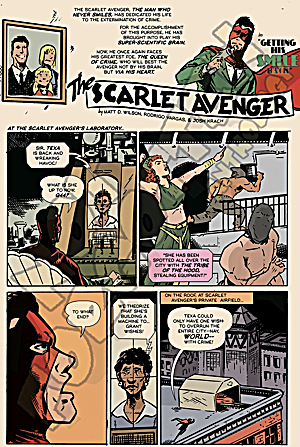 JC: Why public domain superheroes as opposed to new characters? Were you fans of some of these characters before coming up with the idea for this anthology?
JC: Why public domain superheroes as opposed to new characters? Were you fans of some of these characters before coming up with the idea for this anthology?
MH: After going through the archives, we felt that it’s important work to not only bring these heroes back into the public eye, but their creators as well. With every story that’s in the book, we will have a segment that tells the history of the character and the people we created him/her. One of the main features I really pushed to have happen for the anthology was the inclusion of the curator of the Cartoon Art Museum in San Francisco, Andrew Farago with an essay talking about the golden age of comics and the creators who helped jump start the century long superhero industry. Their work deserves to not be forgotten, and we feel like our book is helping make that happen.
JC: How did you find contributors for this anthology? Were you at all surprised by the passion other creators have for some of these characters?
MH: We started off by just getting a group of friends together and talking about making an anthology at a small scale. We put out word out online about a submission process, and it was the response that we got that surprised me completely. There were over 75 fully composed submissions from people who were new to the industry to veterans who’ve had works put out through IDW, DC comics, and Image. It was amazing the amount of love that creators have for these characters, and I believe that they had found inspiration the same way that I did when they started to search through the archives.
JC: Can you talk a bit about what kind of stories we’ll be seeing in Not Forgotten? Will we see period piece stories as well as stories taking place in our present day and beyond?
MH: Absolutely. You’ll be getting stories that took place in alternate history WW2, so the 80’s to present to the future. We wanted to vary the stories that are in the anthology so that there’s a little bit of something for everybody, and that includes where and when the stories take place.
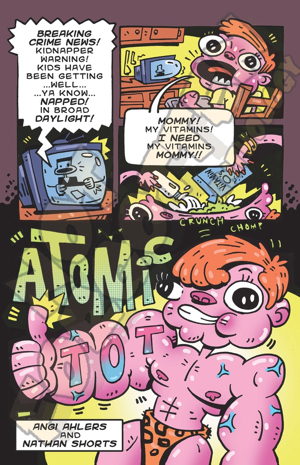 JC: One problem I’ve noticed with bringing back characters from that long ago is how they are often cishet white men and don’t necessarily reflect the comics readership of today. Were some of these characters updated by the creators involved to make them and/or their supporting casts more diverse?
JC: One problem I’ve noticed with bringing back characters from that long ago is how they are often cishet white men and don’t necessarily reflect the comics readership of today. Were some of these characters updated by the creators involved to make them and/or their supporting casts more diverse?
MH: We noticed the same thing when we went through the old stories, and we decided early on that one of the main purposes for the book was to modernize the characters to reflect our modern day, with more voices and diversity present. We have creators working on this from all over the world, and the stories that are being told are very diverse in subject matter, and we’re very happy with the result.
JC: What about Kickstarter made it the best place to bring this particular project? Have either of you launched or participated in a comic that went through Kickstarter before?
MH: I’ve funded two of my personal projects through Kickstarter and they were both successful, and I think it’s a great place for indie comics to be born for a few different reasons. For one, it’s a great way to get your project in front of people and to test the market to see if they’re interested in what you’re producing. Just like the golden age of comics, it has created a marketplace where there are no rules or expectations, and you can bring any idea you want to the table and see if people want to see it.
JC: There have been a few instances in the past with comics on Kickstarter not seeing the light of day despite being funded, and those few instances have made some people more cautious of who they back. While Kickstarter does protect those that back campaigns now more than ever, can you talk about what you have in place that will make sure this book gets to its backers?
MH: The main thing we have going is that since it’s an anthology that has many creators who are all very eager to get the book out, it’s a team of people making sure this happens instead of just one or two people. Most of the book is already created, so it’s just a matter of getting it to the printer and then gathering all the local people together to mail everything out. Most of us have experience with Kickstarter and distribution, so it will be a quick and painless operation.
JC: The campaign wraps up in about a day, and as of this conversation you’ve very close to crossing that finish line and getting fully funded, so before we wrap this up I’d love to give you the opportunity to tell everyone reading this why they should support Not Forgotten.
MH: Our book is full of interesting and new takes on characters that haven’t seen the light of day for decades, and the artwork is diverse and amazing. We have sci fi stories, horror stories, superhero stories, and comedies. Our creators for this book range from writers that have created Overwatch to artists who revived Toejam and Earl. Not only are the stories amazing, but the history of the superhero genre presented in an entertaining way. Our book is something that I feel is really important and relevant, and I’m absolutely sure that anyone who owns it will cherish it.
JC: Thank you so much for taking the time to chat with me about Not Forgotten. For those of you reading this, the campaign ends this Wednesday, March 8, at Midnight PST. Click here to check it out and please consider supporting and sharing!


